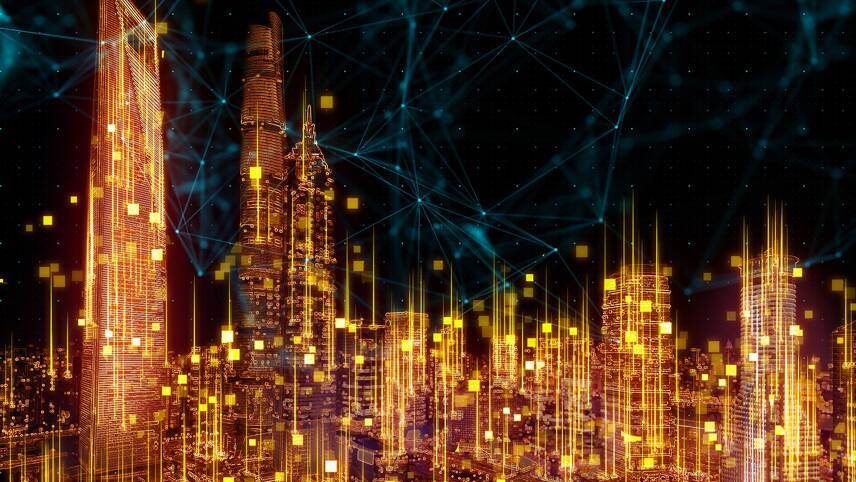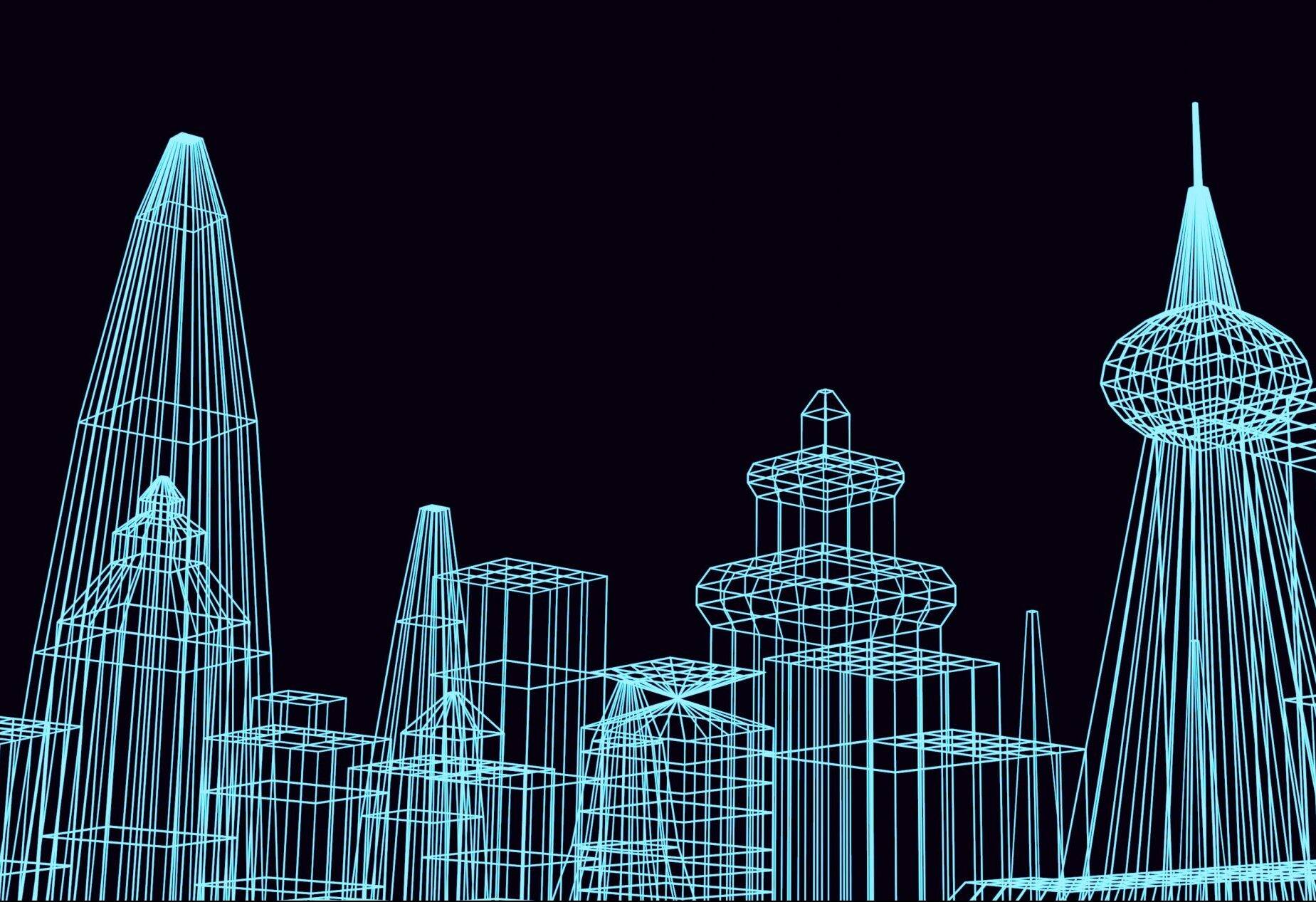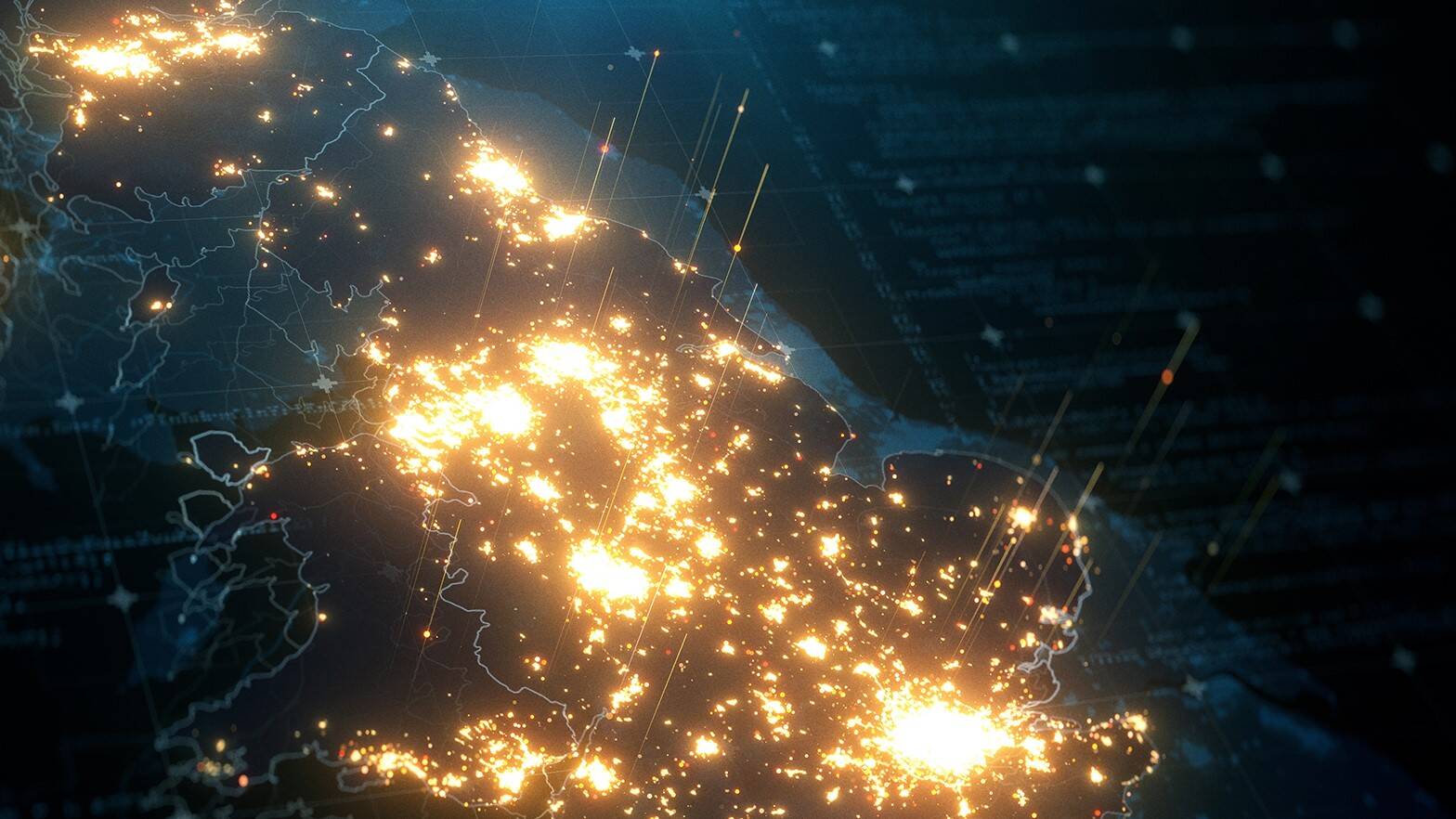You’ve reached your limit!
To continue enjoying Utility Week Innovate, brought to you in association with Utility Week Live or gain unlimited Utility Week site access choose the option that applies to you below:
Register to access Utility Week Innovate
- Get the latest insight on frontline business challenges
- Receive specialist sector newsletters to keep you informed
- Access our Utility Week Innovate content for free
- Join us in bringing collaborative innovation to life at Utility Week Live

Jonathan Barcroft from National Grid ESO and Arup’s Simon Evans discuss the key considerations and challenges in creating the framework behind a digital replica of the entire energy system.
The UK is on a journey to reach net-zero greenhouse gas emissions by 2050. However, the road ahead is far from simple.

While we’ve already made significant progress in decarbonising the energy sector, Great Britain’s energy landscape of generating, managing, and consuming energy is becoming increasingly complex.
As a result, the sector will need to have greater flexibility than it has today, along with greater levels of integration. We will also need better planning to meet the changing energy demands of consumers and industries as they also work towards their own net-zero goals.
To advance a carbon-free future, the whole energy industry must work together. By combining our efforts and working toward common goals, the industry can tackle problems that might otherwise be insurmountable, while delivering long-term benefits to consumers.
A socio-technical challenge
To help facilitate such an approach, last year National Grid launched an ambitious industry-wide mission to digitise our entire energy system.
Called the Virtual Energy System, this shared asset would be developed by and for the industry, creating a virtual environment through which we can innovate new ideas, inform decision making and support the transition to net zero.
Advances in technology and the availability of real-time data have already transformed many aspects of energy, and other industries, with many already employing individual digital twins to support innovation within their sectors.

That’s where the Virtual Energy System comes in. It’s a long-term project that is unique in scope and scale, an eco-system of connected integrated digital twins that will enable the industry to work more closely together to identify innovative and efficient net-zero solutions.
The Virtual Energy System will provide a virtual environment to test, model and forecast scenarios that will support decarbonisation – enabling the industry to assess the impact of any changes without the need to adapt the physical system. In the longer-term, it will also make it easier to share information with consumers, helping them to reduce their costs and CO2 emissions.
This ambitious project is a socio-technical challenge that requires input and engagement from across the whole energy industry. Inevitably, there are commercial factors at play, along with technical risks and governance considerations to help realise the vision for the programme.
Therefore, it is vital that we set the groundwork for cross-industry collaboration in areas such as cyber security, data, technology, regulatory and legal issues, and the development of potential use cases.
As part of this, National Grid has collaborated with professional services firm Arup to develop a common framework for the Virtual Energy System against emerging cross-sector and international best practices for connecting assets, systems, and digital twins.
Challenges linked to people, process, and data

The development of the Virtual Energy System is a hugely important step in connecting the UK energy system – something which is vital for achieving net zero and creating more efficient services for consumers.
Building the common framework that underpins this ecosystem of connected digital twins requires a collaborative and principled approach, that is aligned to the National Digital Twin programme and other energy sector digitalisation strategies, with industry collaborating on the rules, competing on the game and all work conducted in the open.
The first step was to carry out a benchmarking assessment to understand the cross-sector and international best practices and case studies that demonstrated, or had the characteristics of, assets and systems being connected into an ecosystem.
This characterisation was used because the label ‘digital twin’ is not ubiquitously or consistently applied across industry or globally.
The domain of connected digital twins and whole-system integration is a developing market, and the benchmarking assessment, which will always be an iterative activity, highlighted the socio-technical nature of connecting digital twins, assets, and systems at scale.
While creating an ecosystem of connected digital twins is considered possible from a technology perspective, we found that there are greater challenges linked to people, process, and data.
For example, legal challenges with data sharing agreements, commercial sensitivities with models and data, interoperability difficulties through the lack of metadata standards, and the need to focus on skills, education, and change management.
Identifying key factors

Following the benchmarking, the second step was to identify the key social and technical factors that form the foundation of the system – which we derived through research, expert interviews, and industry-wide engagement.
Fourteen factors were identified, covering people, process, data, and technology. They draw on the findings and practical experience from the development and implementation of industry-wide programmes, such as the National Digital Twin programme, open banking, and open energy, and are in line with the recommendations and findings of the recently published Energy Digitalisation Taskforce (EDiT).
For example, engaging stakeholders and raising awareness and fostering culture are two factors – we must continue to make clear how this will work alongside other digital energy initiatives and encourage active involvement.
Harmonising models and standards

The creation of an independent and adaptable governance framework is another factor. This will help the Virtual Energy System evolve over time, as well as ensuring transparency and the future role of stakeholders.
We also see aligning models and taxonomies as a factor, where it is necessary to define an approach to harmonise existing data standards, taxonomies, and ontologies – rather than create “yet another standard”.
It has taken a team with a vast amount of experience across the energy industry and digital twins to develop this framework, and we’ve been supported by the global non-profit organisation, Icebreaker One, and leading energy system innovation centre, Energy Systems Catapult.
The result, we believe, will enable the creation of the Virtual Energy System, which truly works in synchronisation to the physical system – supporting a digital-first, sustainable energy network for the future.
- The Benchmarking Report detailing key considerations for the creation of the Virtual Energy System has recently been published.
See this content brought to life at Utility Week Live, 17-18 May 2022 NEC Birmingham. FREE to attend for utilities. Register today
New approaches to asset management and maintenance is one of the frontline challenges at the heart of Utility Week Live 2022’s live content programme. View the programme.

Please login or Register to leave a comment.